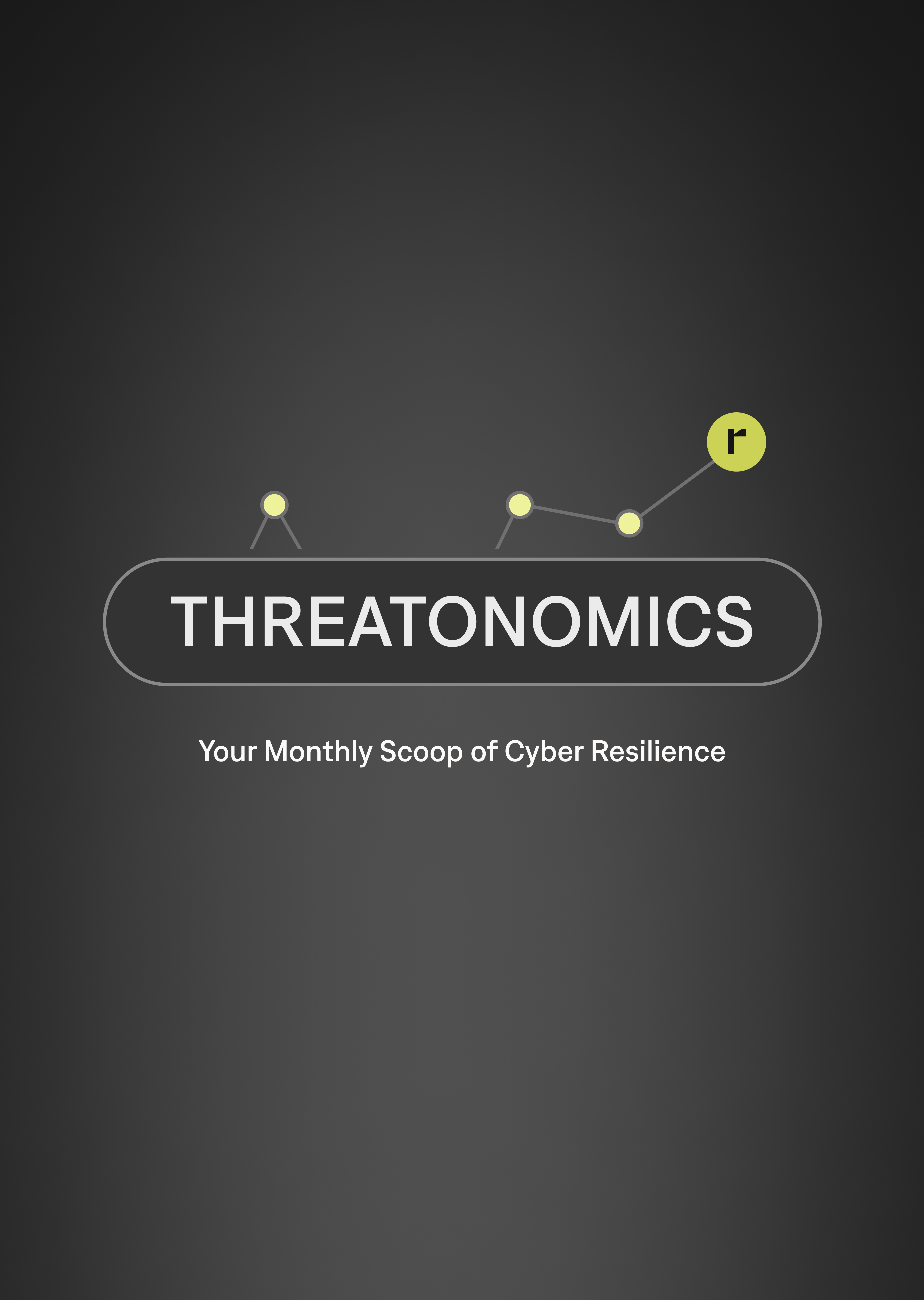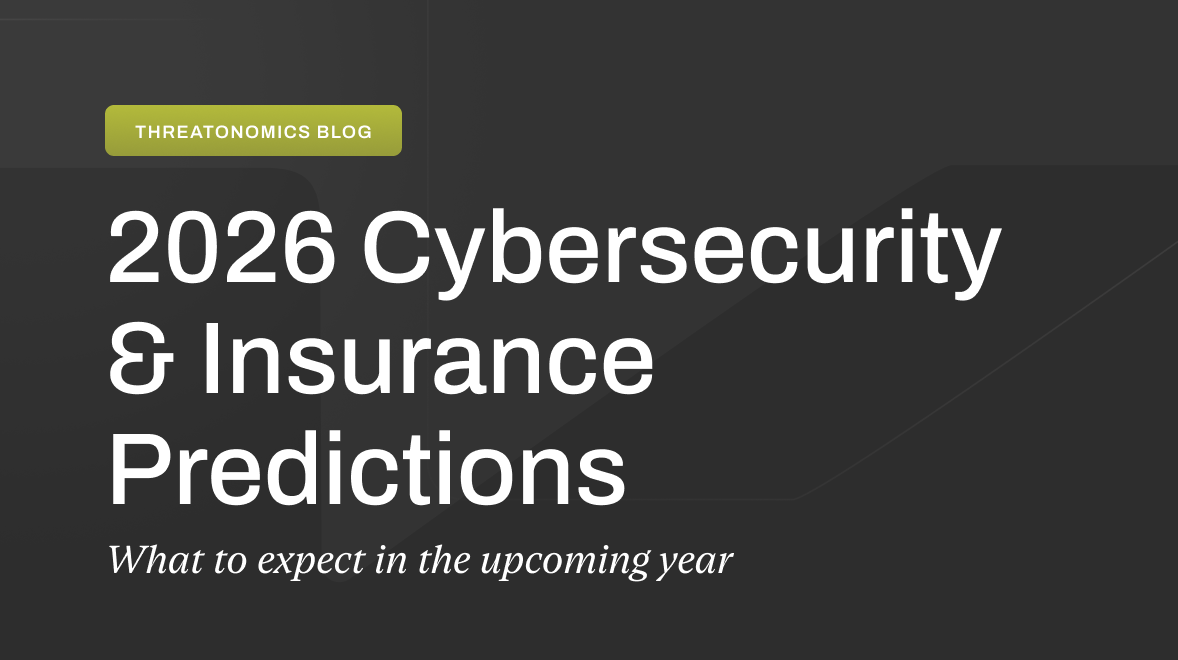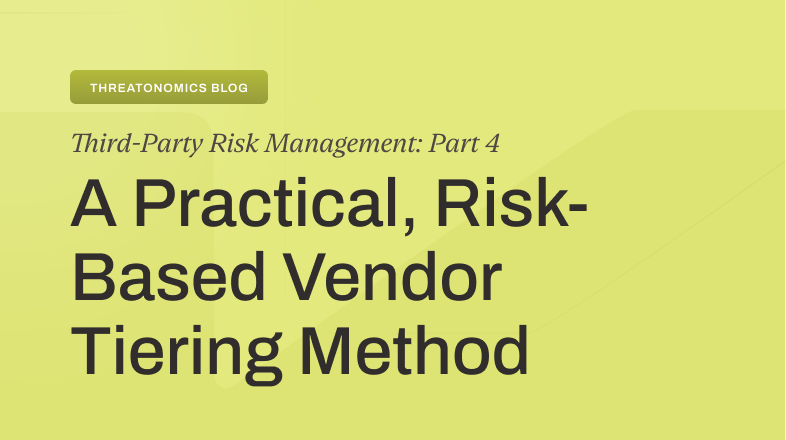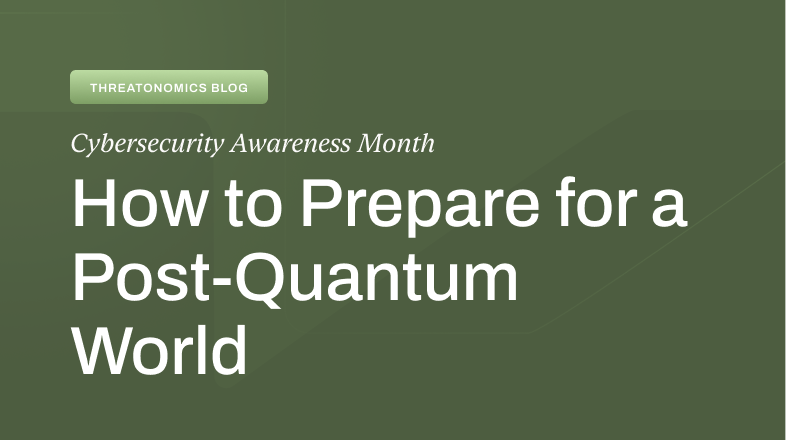As businesses increasingly rely on digital technologies, the specter of cyber threats looms larger than ever. The emergence of cyber insurance represents a critical development in the quest for digital security, offering a financial buffer against the potentially devastating effects of cyber incidents. Exploring the trajectory of cyber insurance reveals its dynamic response to an array of digital threats and underscores its crucial role in contemporary risk management strategies.
Initially, cyber insurance policies were straightforward, covering data breaches and loss of confidential information. As hackers grow more sophisticated, insurance products have expanded to cover a range of incidents, such as ransomware attacks, business email compromise, and social engineering fraud.
Policies now often extend beyond mere incident response to cover regulatory fines and litigation costs, reflecting the broadening scope of cyber risks. Calculating premiums for cyber insurance involves meticulously assessing an organization’s risk profile. Insurers consider factors like industry type, data sensitivity, cybersecurity posture, and incident history.
Advances in data analytics and threat intelligence have refined these assessments, allowing for more tailored, risk-based pricing. This nuanced approach encourages companies to strengthen their cybersecurity measures by potentially lowering their insurance costs through improved practices.
The Value of Cyber Insurance
Cyber insurance is a key, though limited, tool in reducing the financial effects of cyber incidents, complementing broader cybersecurity strategies. Comprehensive risk management approaches complement robust information security policies and practices instead of replacing them.
The complex nature of cyber insurance policies, characterized by their non-standard forms, intricate terms, conditions, and numerous exclusions, demands meticulous scrutiny before procurement. Cyber insurance can help with data breaches and business interruption costs but shouldn’t be the only safeguard against loss. Data breaches, for example, often result in significant costs related to litigation, recovery, and identity theft.
Notably, the Equifax data breach serves as a stark reminder of the devastating impact of cyber attacks on personal information, affirming the importance of comprehensive coverage.
The International Union of Police Associations highlights the importance of cyber insurance in providing financial protection against cyber losses. This coverage extends to various expenses from cyber incidents, including data breaches, ransomware attacks, and phishing scams. It is critical for organizations to carefully consider first-party and third-party coverage to fully grasp the extent of protection provided by their cyber insurance policies.
One of the significant advantages of cyber insurance lies in its ability to reimburse businesses for financial losses incurred due to cyber attacks. The average cost of a cyber attack surpasses $1 million, encompassing interruptions to business operations and lost revenue. With a robust cyber insurance policy, businesses can mitigate these financial hardships by receiving reimbursement for income lost during an attack.
The Financial Impact of Cyber Incidents
The financial repercussions of cyber incidents are a testament to the critical role of insurance in mitigating these impacts. Detailed analysis of thousands of claims reveals the stark economic realities businesses confront in the wake of cyber incidents. Ransomware and Business Email Compromise (BEC), in particular, stand out for their frequency and the financial strain they place on organizations.
The detailed analysis of ransomware and BEC incidents offers critical insights into the nature of these threats. Observations of variations in incident costs highlight potential shifts in cybercriminal tactics or the effectiveness of organizational defenses against such attacks.
Types of Variations in Incident Costs:
- Increase in ransom demands for ransomware attacks, indicating a shift in cybercriminal tactics.
- Decrease in the average cost of data breaches, suggesting improved organizational defenses against such attacks.
- Fluctuations in the costs associated with different types of cyber incidents, such as phishing, malware, or distributed denial-of-service (DDoS) attacks.
Businesses equip themselves to manage and mitigate the financial risks associated with cyber incidents with effective cybersecurity risk assessments and maintaining cyber resilience by developing comprehensive incident response and business continuity plans.

Stay ahead of cyber risk with the latest intel on threats, best practices, and more.
Sign up for our Threatonomics newsletter to get the latest insights from our experts in cybersecurity, insurance, and risk management; all you need to achieve Cyber Resilience.
SubscribeThe Future of Cyber Insurance
As cyber threats become more sophisticated, cyber insurance must advance in tandem. Insurers’ use of artificial intelligence (AI) and machine learning (ML) marks a significant step forward, enhancing the ability to predict and quantify risks accurately. This technology-driven approach allows for the development of cyber insurance products that are finely tuned to the specific needs of businesses, offering more precise risk assessments and tailored coverage options.
Moreover, the shift toward proactive risk management signifies a deepening commitment to preventing cyber incidents before they occur. Increasingly, insurers are incorporating services such as vulnerability assessments and regular security audits into their offerings. We design these measures to uncover and rectify security vulnerabilities, reducing the likelihood of successful cyber attacks.
This proactive stance extends to helping businesses prepare for and respond to cyber incidents more effectively. Companies gain a clearer understanding of their vulnerabilities through regular assessments and audits, enabling them to enact stronger defenses and develop more robust response strategies.
The Critical Role of Cyber Insurance in Financial Risk Management
The path forward for cyber insurance involves a collaborative effort among insurers, businesses, and cybersecurity experts. This partnership is essential for developing proactive insurance solutions encompassing comprehensive measures to address the multifaceted nature of cyber threats. Such collaboration ensures that businesses are supported by cyber insurance, offering protection that aligns with the complexities and nuances of the digital threat environment.
Exploring innovative solutions like Resilience becomes crucial to navigate these complexities with confidence. Businesses can evaluate how cutting-edge cyber insurance solutions address their unique needs by empowering themselves with cyber resilience. Request your demo today to gain insights into how these products provide financial protection and support to strengthen their cybersecurity posture.








